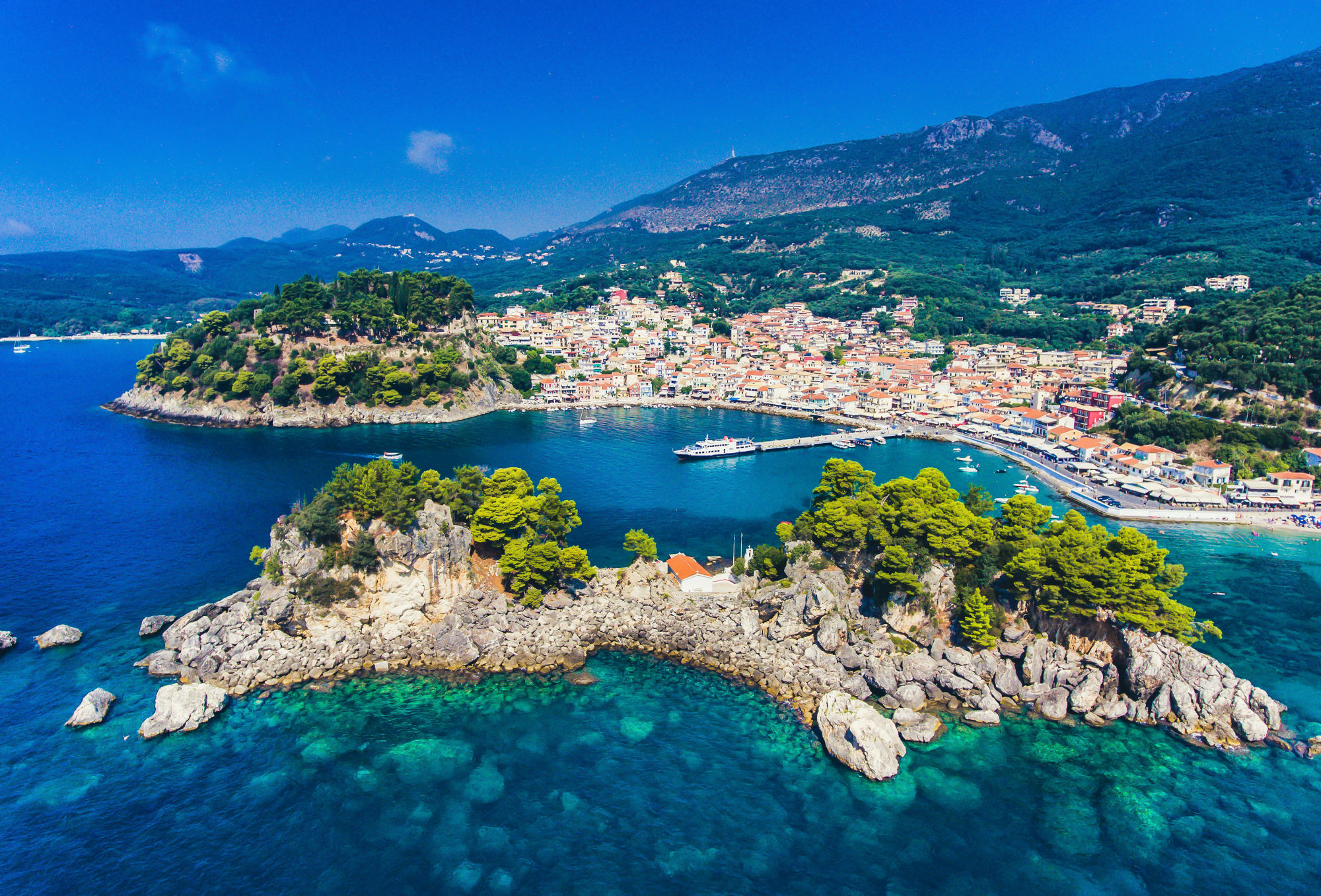Driving in Greece: Island Ferries, Mountain Roads & Local Rules

Driving in Greece is an adventure in itself. From navigating the narrow lanes of historic villages to taking in breathtaking coastal views and winding mountain roads, every journey is as memorable as the destination. Whether you’re planning a road trip across the mainland, hopping between islands with your car, or simply renting a vehicle for a few days, understanding how driving works in Greece is essential for a smooth and enjoyable experience.
In this guide, we’ll cover everything you need to know about driving in Greece, including how to use island ferries, what to expect on mountain roads, and the most important local traffic rules.
Why Drive in Greece?
Public transportation in Greece is limited outside major cities and tourist hubs. If you want the freedom to explore hidden beaches, charming mountain villages, or remote archaeological sites, driving is often the best (and sometimes the only) option. With your own vehicle, you can:
Explore beyond the beaten path.
Visit multiple islands with car ferries.
Stop at scenic viewpoints whenever you like.
Travel at your own pace instead of following bus schedules.
Simply put, driving in Greece gives you the independence to discover the country on your own terms.
Renting a Car in Greece
Most visitors choose to rent a car. International car rental companies are present in major airports and cities, but local rental agencies can also provide competitive rates.
Key things to know:
Driver’s license: EU licenses are accepted. Non-EU visitors often need an International Driving Permit (IDP).
Age requirements: Typically 21+ years old, with at least one year of driving experience. Some companies charge extra for drivers under 25.
Transmission: Manual cars are more common and cheaper; automatic cars are available but limited.
Insurance: Always take at least basic coverage. Roads in Greece can be unpredictable, so extra protection is often worth it.
Island Ferries and Driving Between Islands
One of the most unique aspects of driving in Greece is the ability to take your car on ferries between islands. The Greek ferry network is extensive, connecting the mainland with hundreds of islands.
How it works:
Booking: Reserve ferry tickets in advance, especially during summer. You’ll need a vehicle ticket and a passenger ticket.
Check-in: Arrive early at the port (usually at least 60–90 minutes before departure). Staff will direct you to the correct lane for boarding.
Boarding: You’ll drive your car onto the ferry ramp and park in the garage area. Staff guide you into position, sometimes very close to other vehicles.
During the trip: Passengers go upstairs to enjoy the lounges, cafés, or outdoor decks. You won’t stay in your car while sailing.
Disembarkation: Once docked, drivers return to their vehicles and wait for the crew’s signal to drive off.
Popular routes with car ferries:
Athens (Piraeus) → Santorini, Mykonos, Paros, Naxos
Crete ↔ Cyclades islands
Rhodes ↔ Kos ↔ smaller Dodecanese islands
Mainland ports like Rafina or Volos ↔ Sporades islands
Island hopping by car allows you to combine beach time with cultural sightseeing, while keeping the convenience of your own vehicle.
Mountain Roads in Greece
Greece isn’t just about islands and beaches—it’s also a country of dramatic mountains. Around 80% of its territory is mountainous, meaning you’ll likely encounter steep, winding roads at some point.
What to expect:
Narrow roads: Many mountain roads are one lane each way, with sharp curves and occasional blind corners.
Guardrails (or lack thereof): In rural areas, some roads have minimal barriers. Drive carefully and don’t cut corners.
Sheep and goats: It’s not unusual to meet livestock blocking the road. Slow down and wait until they pass.
Weather conditions: In winter, snow and ice are common in northern and central Greece. Chains may be required in high-altitude areas.
Breathtaking views: On the bright side, you’ll see some of the most stunning landscapes in Europe—from Meteora’s cliffs to the Pindus Mountains.
If you’re not comfortable with hairpin bends, take your time, use low gears for descents, and pull over to let faster drivers pass.
Driving Rules in Greece
Knowing the local driving rules will save you stress (and fines). While some habits of local drivers can feel chaotic, the legal framework is clear.
Essential rules:
Drive on the right-hand side of the road.
Seat belts are mandatory for all passengers.
Speed limits:
50 km/h in cities
90 km/h on rural roads
110–120 km/h on highways
Headlights: Required at night and during low visibility.
Alcohol limit: 0.05% (lower than in some countries). For inexperienced or professional drivers, 0.02%.
Mobile phones: Use only with hands-free devices.
Roundabouts: Unlike in some countries, cars entering a roundabout often have the right of way, unless signs indicate otherwise.
Parking:
In large cities, parking can be a challenge. Pay attention to blue zones (paid parking), white zones (free), and yellow markings (no parking). Illegal parking is common but fines are steep, and police sometimes remove license plates as a penalty.
Driving Culture in Greece
Visitors are often surprised by Greek driving culture. Expect faster speeds, last-minute overtakes, and occasional honking. While it may seem chaotic, most drivers are experienced in handling tricky roads.
Tips for adapting:
Don’t take horn honks personally—they’re often just a signal.
Always use your mirrors, as scooters and motorbikes often weave between cars.
Stay calm in traffic jams, especially in Athens.
On rural roads, it’s common courtesy to drive partly on the shoulder to let faster cars pass.
Tolls and Fuel
Tolls:
Highways in Greece are generally modern and well-maintained, but they often require tolls. Costs vary depending on the distance traveled. Payment is usually in cash or by card.
Fuel:
Types: Unleaded petrol (95/100), diesel, and LPG are available.
Stations: In rural areas, gas stations can be sparse, so fill up when you can.
Service: Many stations are not self-service; an attendant will fill your tank.
Scenic Drives in Greece
If you’re driving in Greece, consider adding some of these scenic routes to your itinerary:
Athens to Delphi: A mix of highways and mountain roads, leading to one of Greece’s most important archaeological sites.
Meteora region: Winding roads with surreal views of monasteries perched on cliffs.
Crete’s coastal roads: Stunning views of the Mediterranean Sea.
Peloponnese peninsula: From ancient ruins to coastal villages, this region offers diverse landscapes.
The island of Corfu: Olive groves, hilltop villages, and seaside roads all in one.
Safety Tips for Driving in Greece
Always carry your license, rental agreement, and insurance papers.
Don’t rely solely on GPS; in rural areas, signs may be missing.
Avoid driving in central Athens if possible—the traffic and parking are stressful.
Take breaks often, especially in summer when heat can cause fatigue.
Drive defensively—expect the unexpected from other drivers.
Conclusion: The Joy of Driving in Greece
Driving in Greece is not just a way to get from point A to point B—it’s an essential part of the adventure. From the excitement of boarding your car onto a ferry, to the challenge of winding mountain roads, to the thrill of discovering hidden coves and ancient ruins, every moment behind the wheel offers something new.
Yes, the traffic can be hectic, and yes, the rules sometimes feel flexible in practice. But with preparation and patience, driving in Greece rewards you with unmatched freedom. You’ll go where buses don’t, stop where tours can’t, and create your own journey across one of Europe’s most beautiful and diverse countries.
So fasten your seatbelt, load up your playlists, and hit the road. Greece is waiting.


